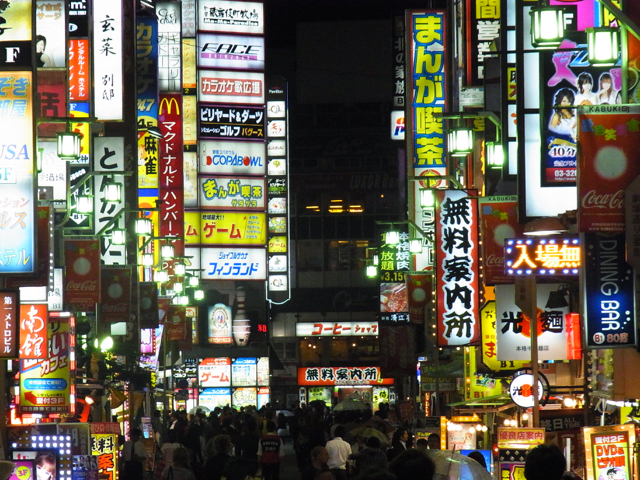
Cherry Blossoms and Kabuki: Solo Travel in Tokyo
Note: The Following is a guest post by Lea Ann Christenson
If someone would have told me five years ago I would one day travel abroad solo, let alone to a place as far and exotic as Japan, I would have thought they were crazy. However, in recent years I’ve found myself traveling solo more and more often as professional opportunities have presented themselves.
My journey as a solo traveler was first inspired by a trip I took to visit my daughter (and author of th
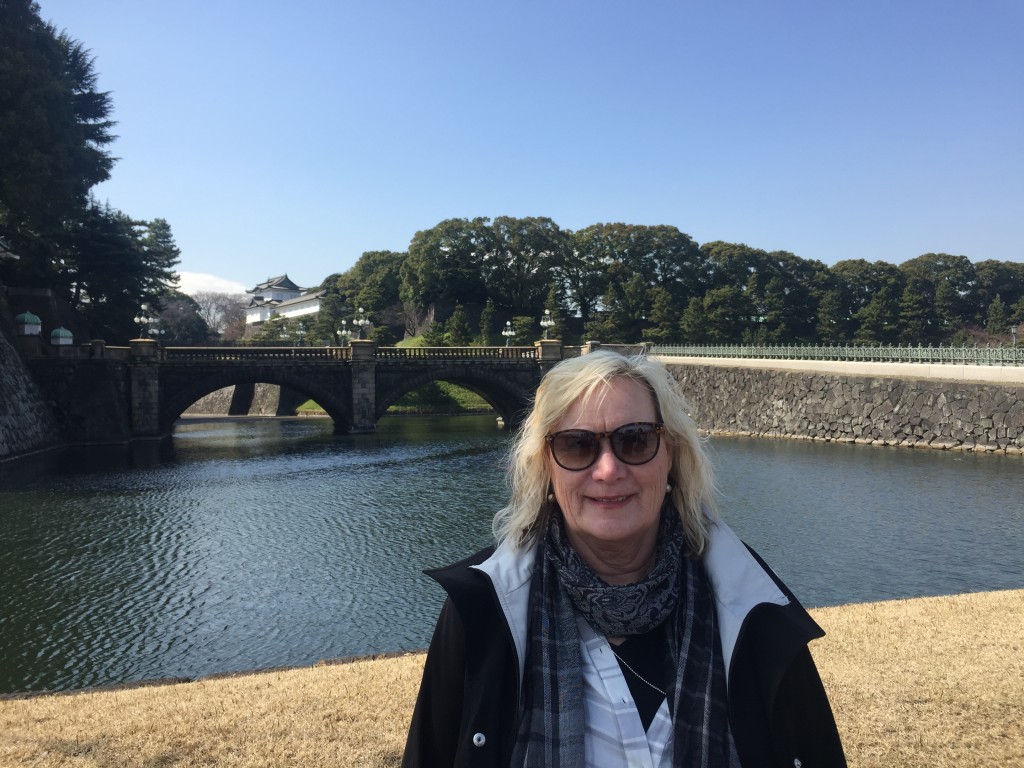
is blog) Lauren while she was living and working in Spain. At the end of her year teaching English in Madrid she planned to travel around the French Riviera and I decided to tag along. The only issue was that, due to the difference in our travel schedules, I had to make it from the airport in Milan to Nice alone.
At first I was daunted by the prospect of making my way by train through countries where I didn’t speak the language, but, in spite of my lack of Italian or French language skills, I made the journey without a hitch. Since then, if an opportunity for me to travel abroad arises, I jump at the chance even if it means I have to go it alone.
Recently I was able to take a solo trip to Japan to present my research in the field of education at a conference in Kyoto. After checking airfare and finding a great deal ($1200 direct from Washington D.C. to Tokyo), I decided to go.

Arriving to Tokyo as a Solo Traveler
The flight to Tokyo from the East Coast of the United States takes 12 hours – when traveling to Japan you cross the international dateline and lose a whole day. It took me nearly two hours to get through customs (which I learned is typical) and the Narita airport is actually about 90-minutes outside of Tokyo, so the first tip I learned as a solo traveler in Japan is to allow ample time to travel downtown.
To get downtown, I hopped on a bus that was easy to locate right outside the terminal and not too expensive. A tip regarding money – most places in Japan’s major cities will take your debit card so you do not need much cash. However, I went to the ATM in the terminal to get some yen just in case. Not all ATMs in Japan will take debit cards from other countries. An insider’s tip is that ATMs located in the ubiquitous 7-11s do accept debit cards from the United States.
I found Japan to be a very easy place to navigate in spite of not speaking Japanese. People are very friendly and most people in train stations and other touristy locations speak enough English for me to get directions and find my way. In addition, in preparation for the 2020 summer Olympic Games in Tokyo, a lot of the signage has been ‘romainzed’ so it is readable for non-Japanese readers. Never at any time did I feel in danger anywhere in Japan. It is a very safe, clean and well organized country.
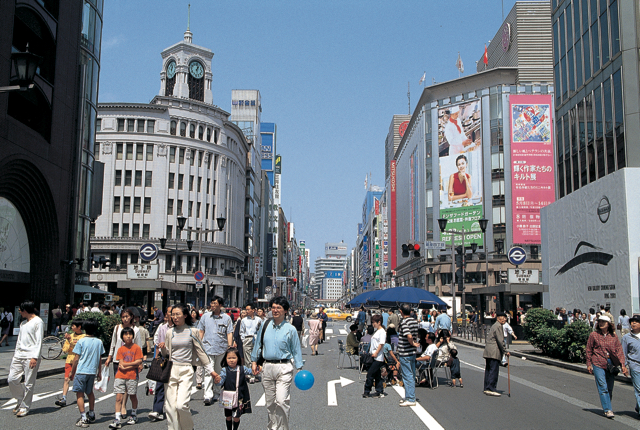
Accommodation in Tokyo
The airport bus dropped me of in the Ginza area of Tokyo. From there I hailed a cab to the apartment I rented on AirBnB. The cab was meticulous, with pressed lace doilies cover the head rests and a driver dressed in a fresh black suit, cap and white gloves. Though he spoke no English, he was able to seamlessly get me to my location using a print out of the address where I was staying. I never would have found the AirBnB where I was staying without his help as it was located on a side street that is poorly marked.
For accommodations in Tokyo I opted to go with an apartment rental on AirBnB to save on costs and have a more local experience. For $211 total I spend two nights at a lovely studio in the Central Ginza area of Tokyo located across the street to my great delight from a real, live Geisha House.
Though I only had two nights in Tokyo, I feel I did a pretty good job of seeing the highlights, thanks to some advanced planning, an insider’s view from locals and a central base. Ideally I would suggest three or four nights in Tokyo, especially if it is your first stop in Japan as you are going to be jet lagged and your internal clock will be upside down since Japan is 14 hours ahead of EST.
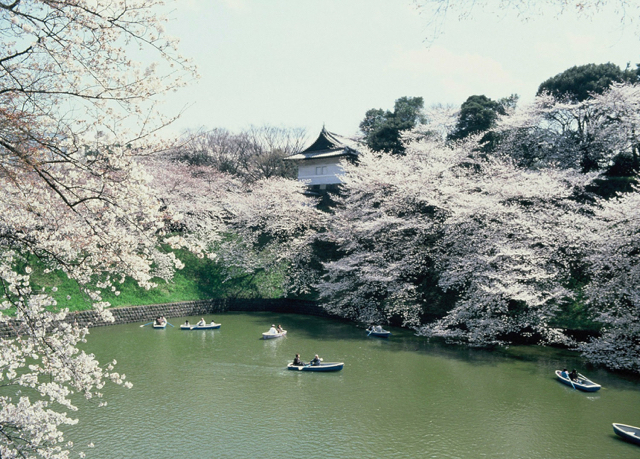
The Sights of Tokyo
To make the most of my limited time, I laced up my walking shoes and strolled through bright cherry blossoms in full blooms as I made my way to the Imperial Palace, the home of Japan’s Emperor. This is a definite must-see and you will no doubt find yourself visiting along with a river of locals and tourists. The gardens here are breathtaking and provide sweeping views of the city.
Nearby is the Kabukiza Theatre which features ‘kabuki,’ an ancient Japanese performance involving traditional dress, dancers and music. A kabuki production can run over four hours however, the Kabukiza allows theatre goers to just pop in for a scene or two and pay for just what you watch. I arrived in time for the last scene of a performance that lasted about 30 minutes. I would highly recommend attending!
The Tusukiji Fish Market is one of the largest fish markets in the world. You can get up and watch them bring their catch in at 4 a.m. (I passed on this), or visit during the day. I t was fun to stroll down past the stalls and see all manner of fish from huge tuna to mini octopi. You can even try samples of exotic foods such as seaweed. The market is also a great place to buy inexpensive souvenirs like tea cups, tea or (my favorite) beautiful cloth cosmetic bags.
Shibuya is Tokyo’s answer to Times Square. This crowded area is full of people, department stores and bright signs. Make sure to stop in a department store and if you are hungry go to the basement where you will find nice grocery stores and fancy food stalls. The food offerings here range from traditional Japanese delicacies to Danish pastries.
Getting Local
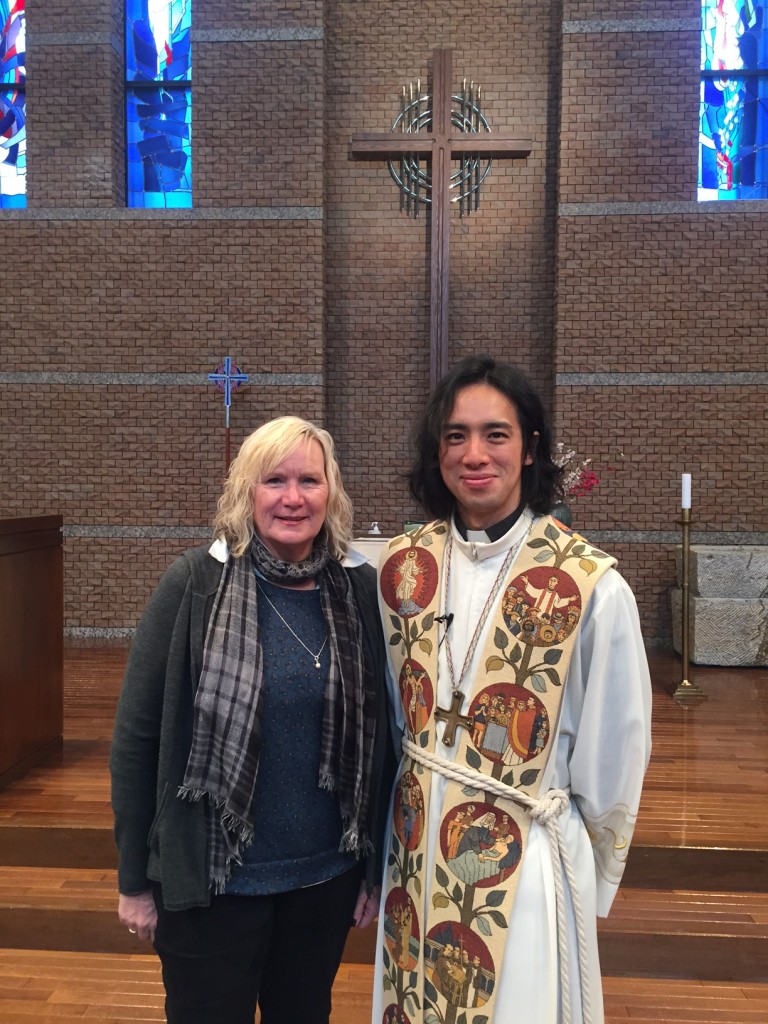
As I was visiting on Easter Sunday, I decided to attend a dual language (English and Japanese) service at a Lutheran church in Tokyo before heading to my next stop, Kyoto. If you go to church in your hometown, I would recommend attending a service abroad. It was a really interesting way for me to have a local experience while pursuing one of my personal interests.
I thought the congregation would be mostly expat Americans and Europeans however, it turned out the congregation was primarily Japanese, and I learned that this is because Lutheran Missionaries were highly present in Japan in the 1800s.
The pastor seamlessly conducted the service back and forth from Japanese to English. It was interesting to note that the audience found his jokes to be funny whether he was reciting them in English or Japanese. Humor can be universal.
After the service members of the congregation invited me to an Easter brunch potluck in the church basement. I sat and chatted with fellow English speakers and found this to be a really beautiful way to connect with locals while joining in on trivia games and watching an adorable three-year-old play the violin.
Even if you are not religious, finding a way to experience a hobby or activity you participate in during your normal every day life is truly a unique way to have authentic connections with locals in your travels.
When the party finished, I headed to the train station. A young couple from the United States helped me buy a ticket for the bullet train and soon I was on my way to Kyoto. Stay tuned for part two of my series recounting my Japanese journey to read about my experience with solo travel in Kyoto.




